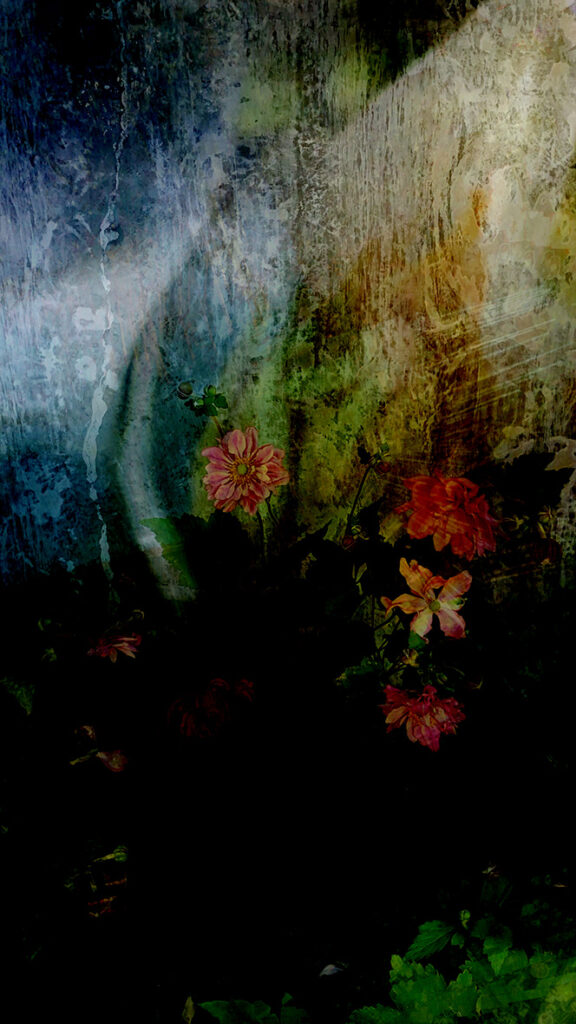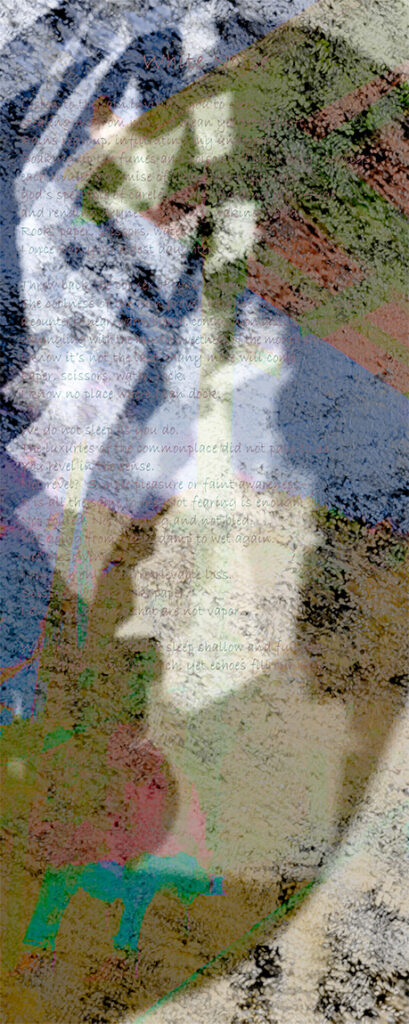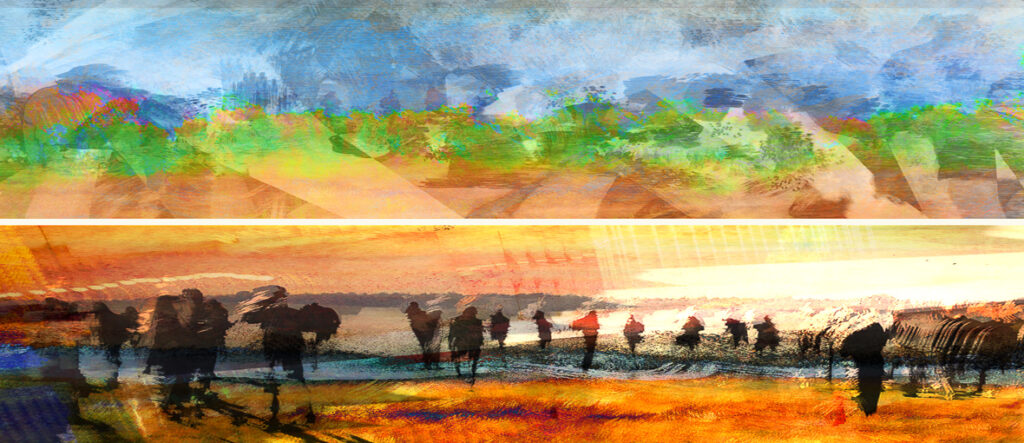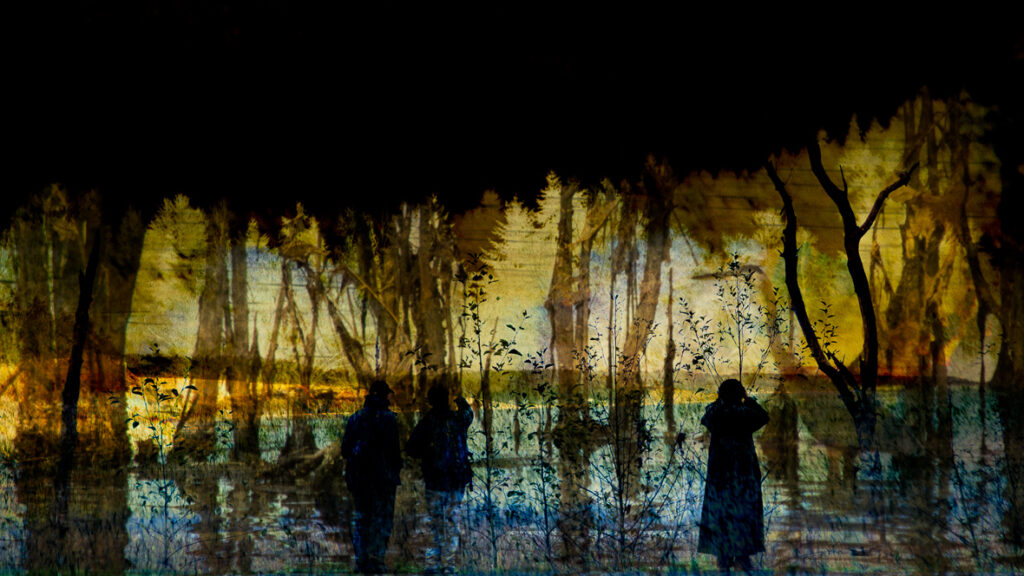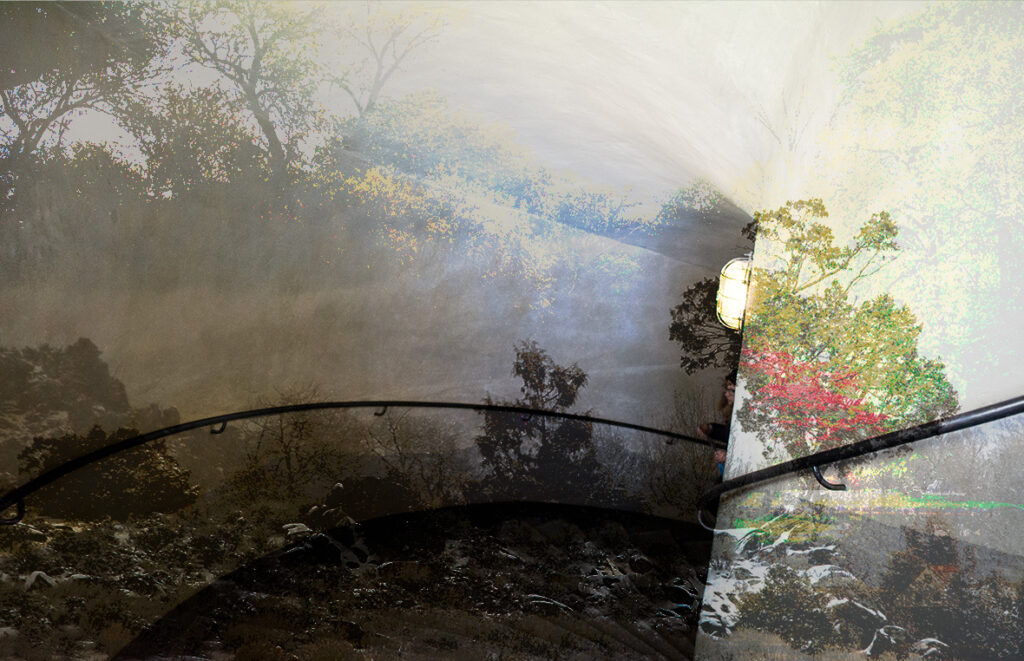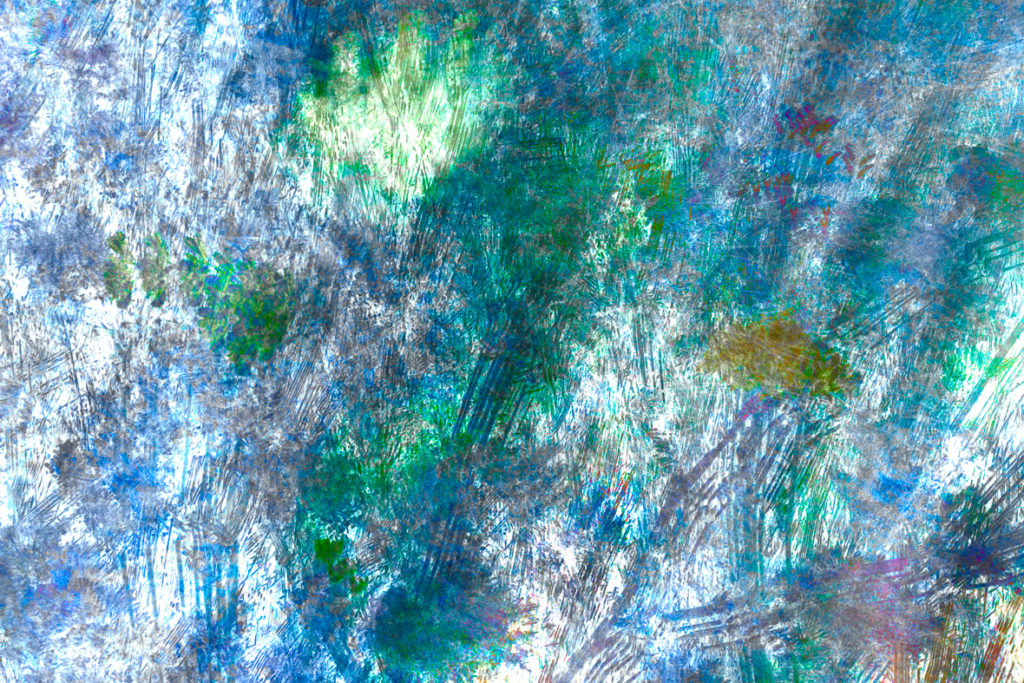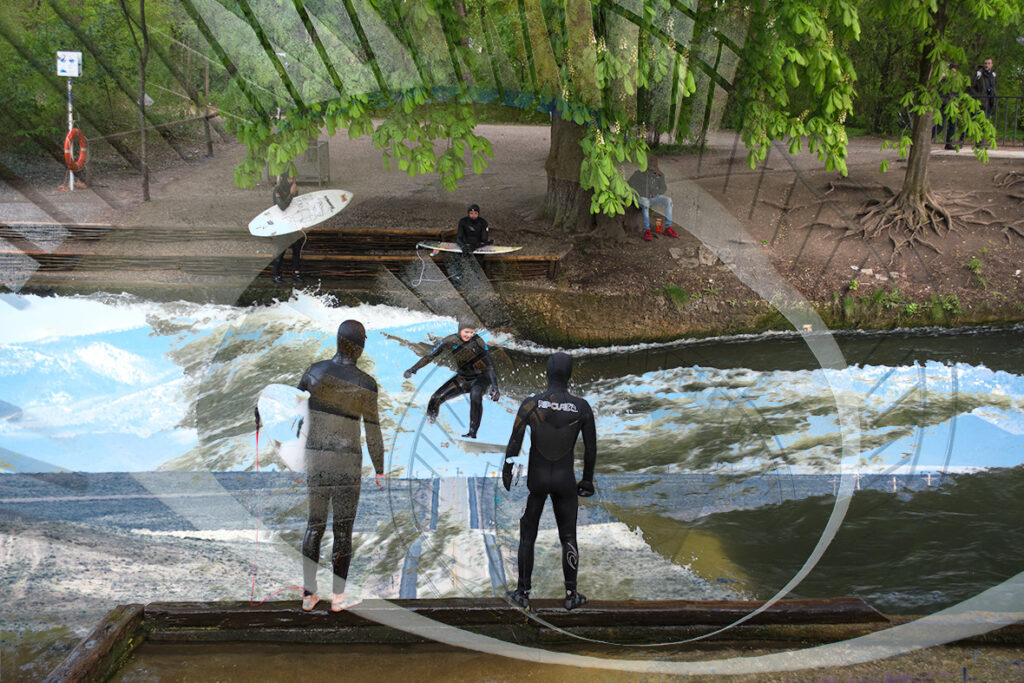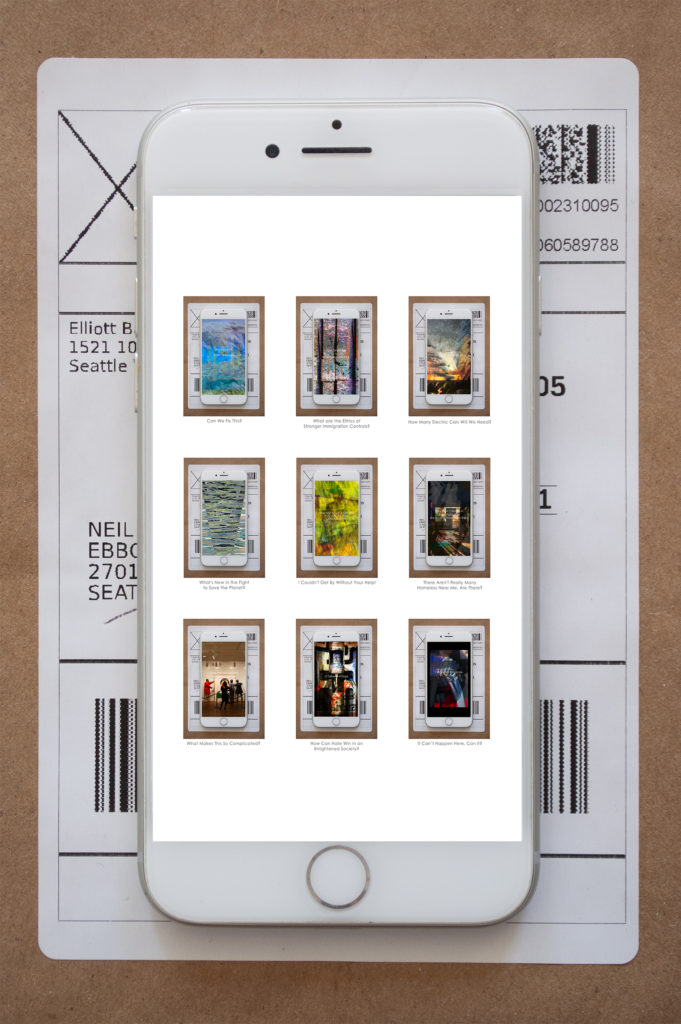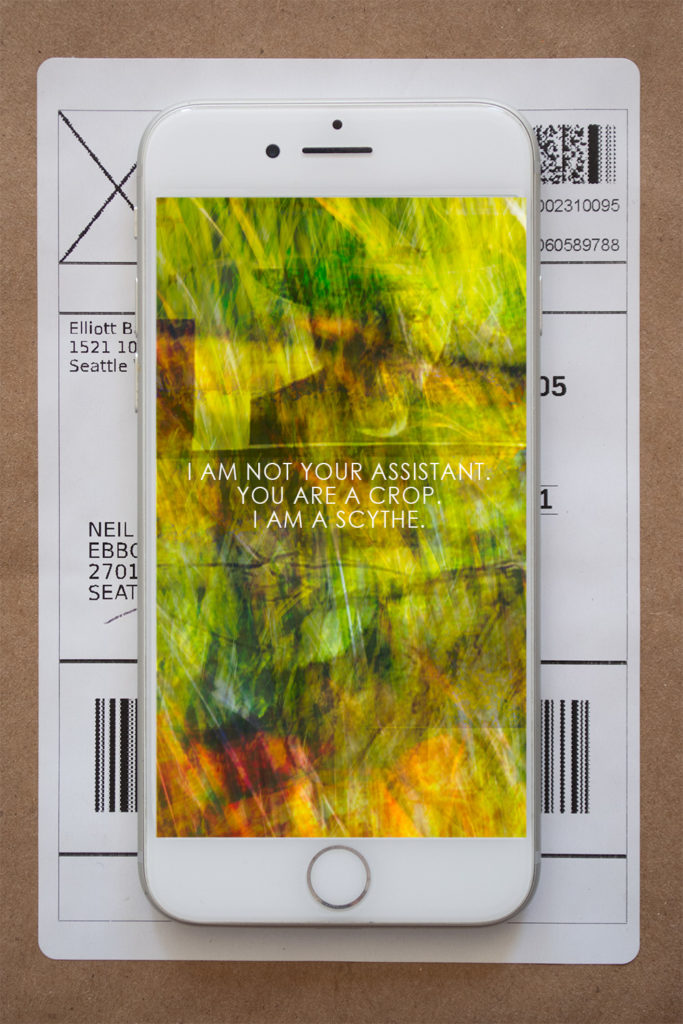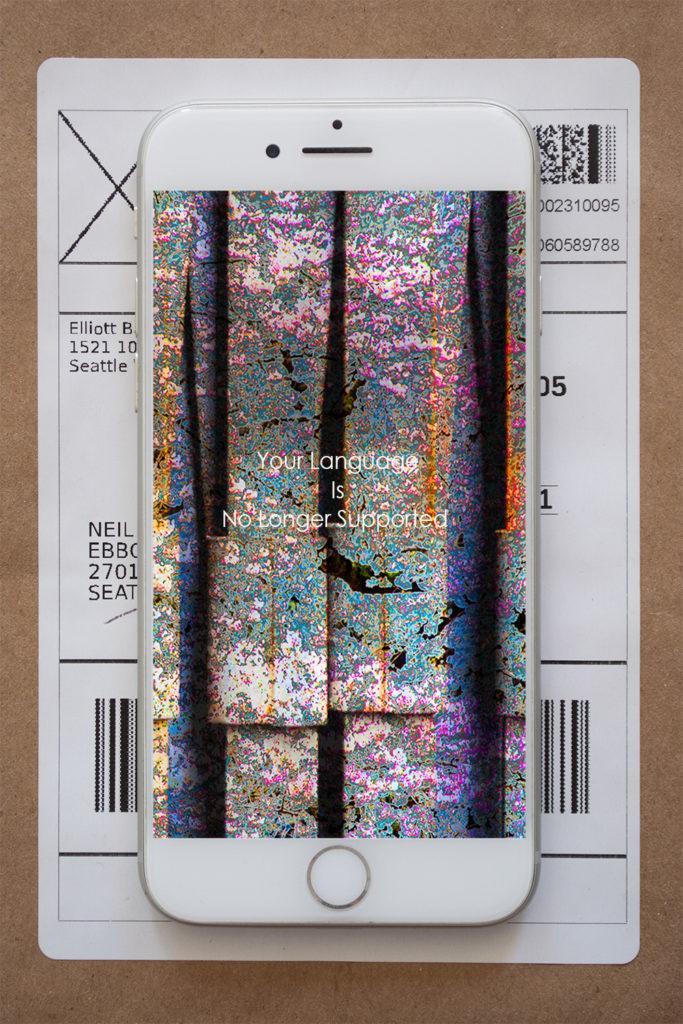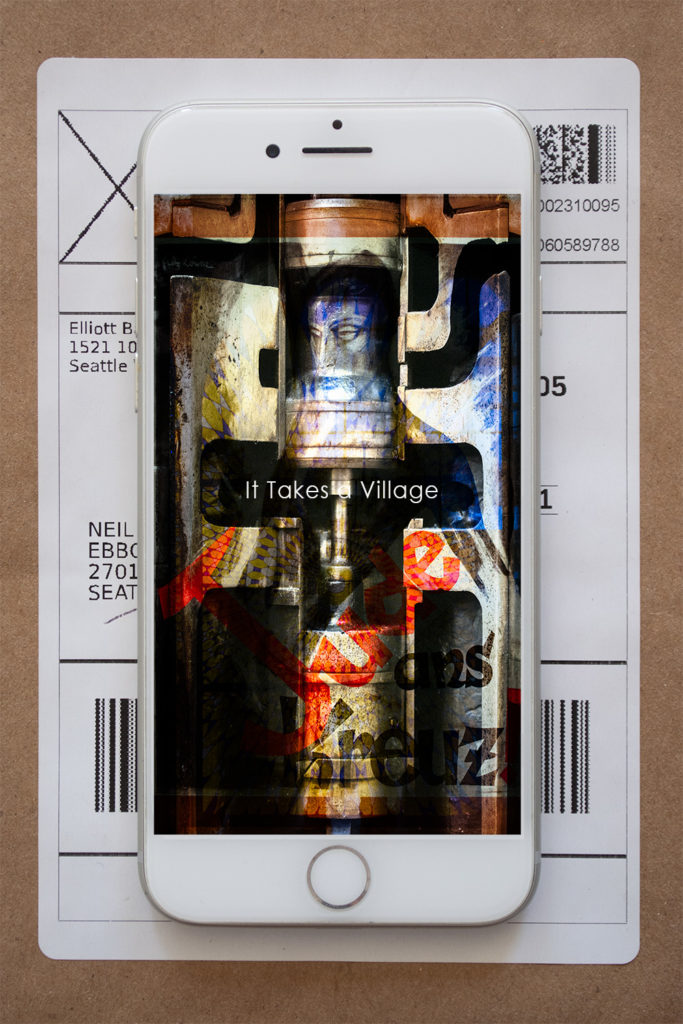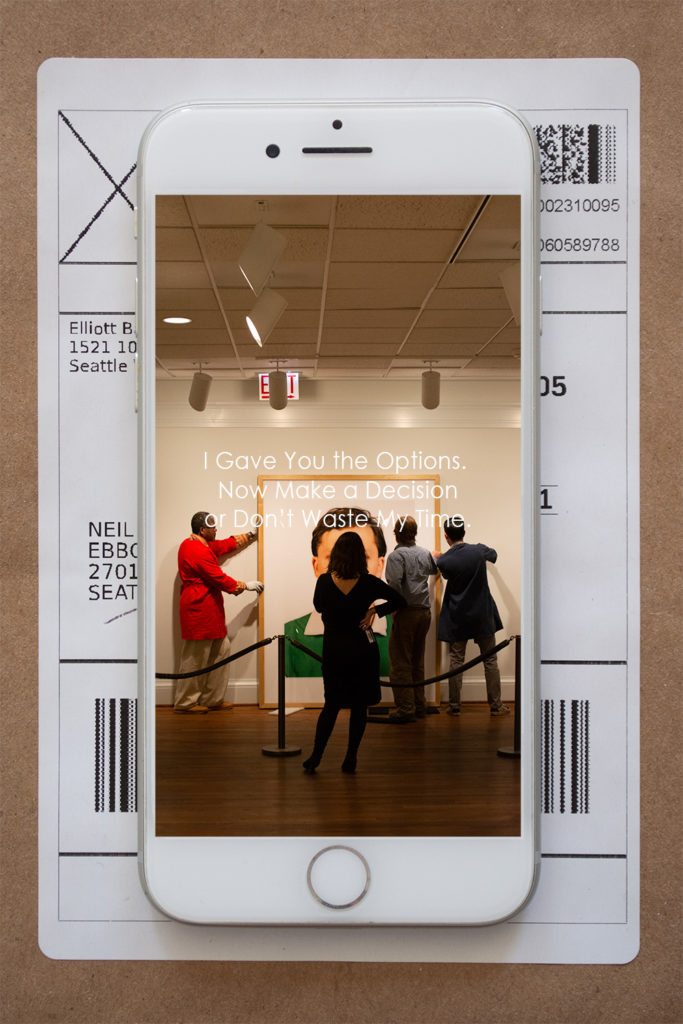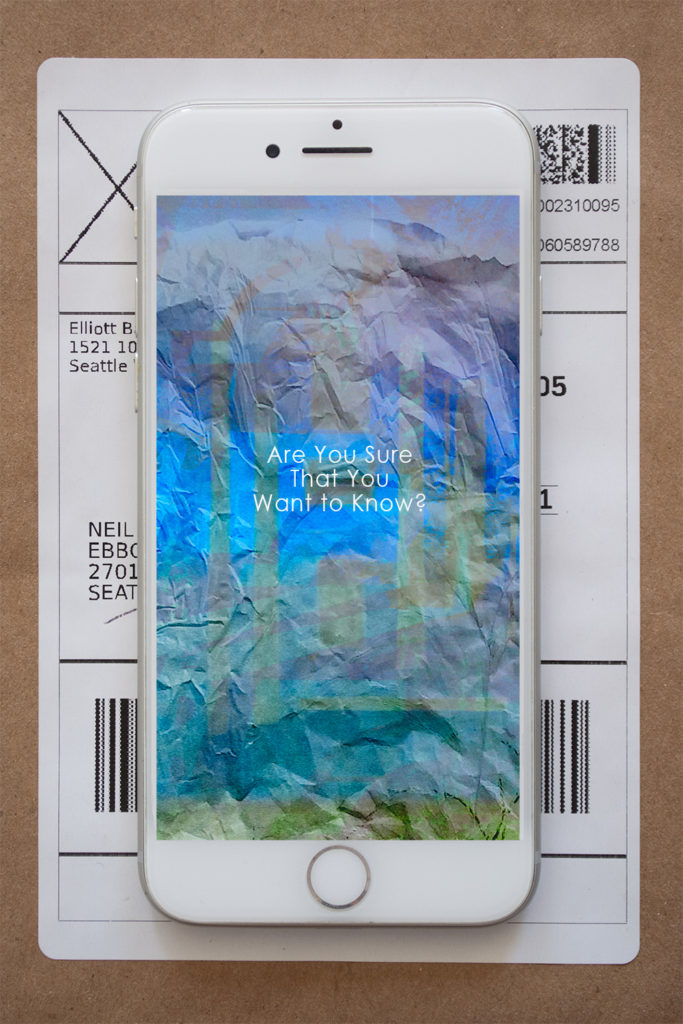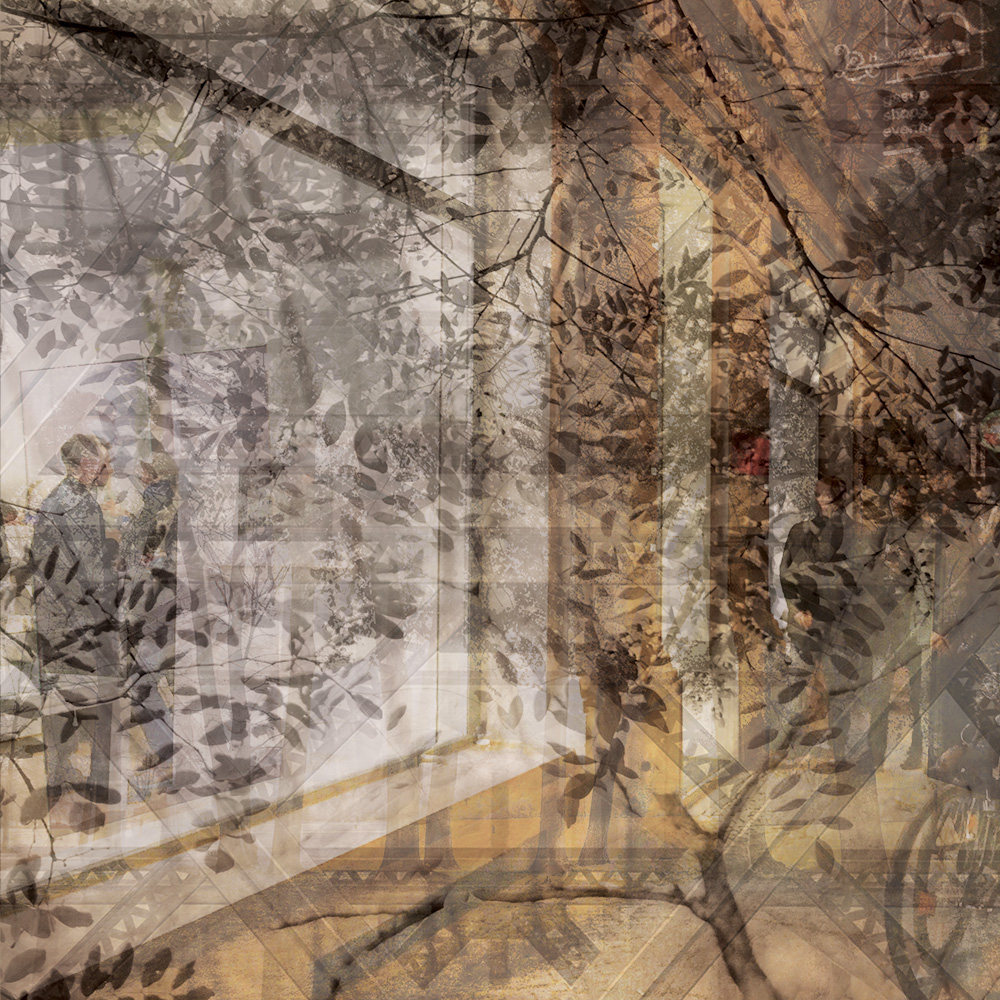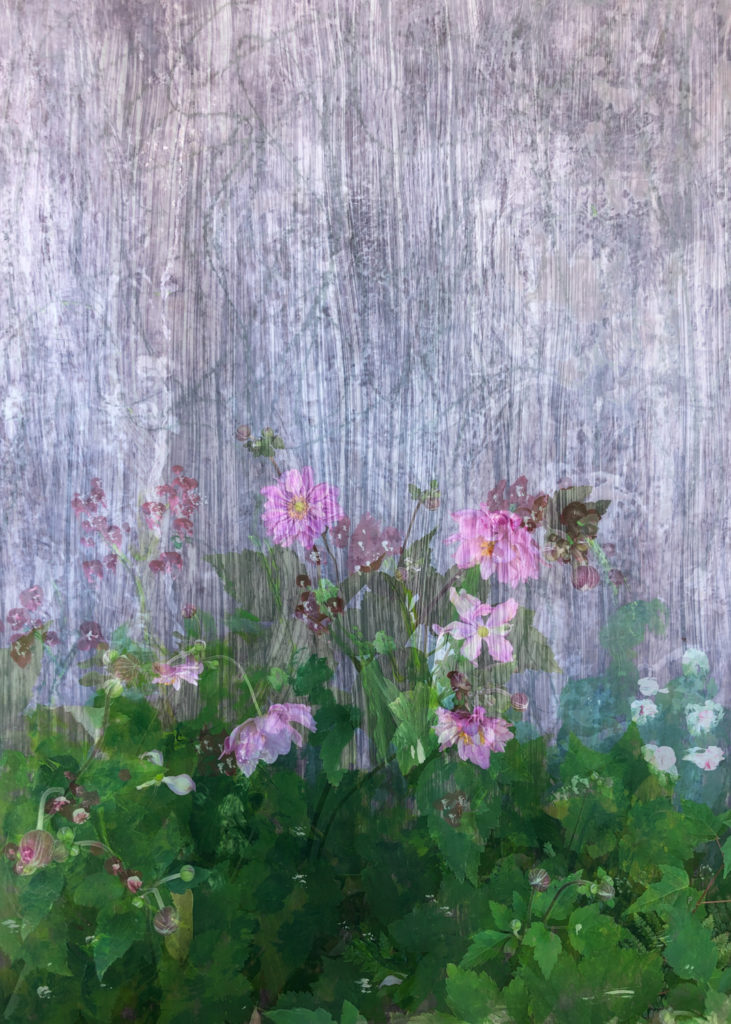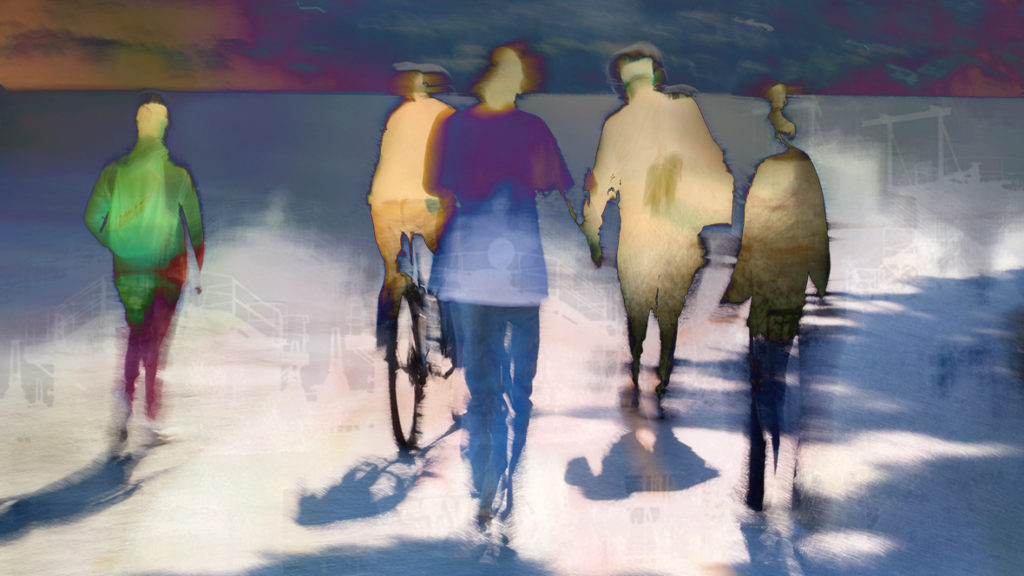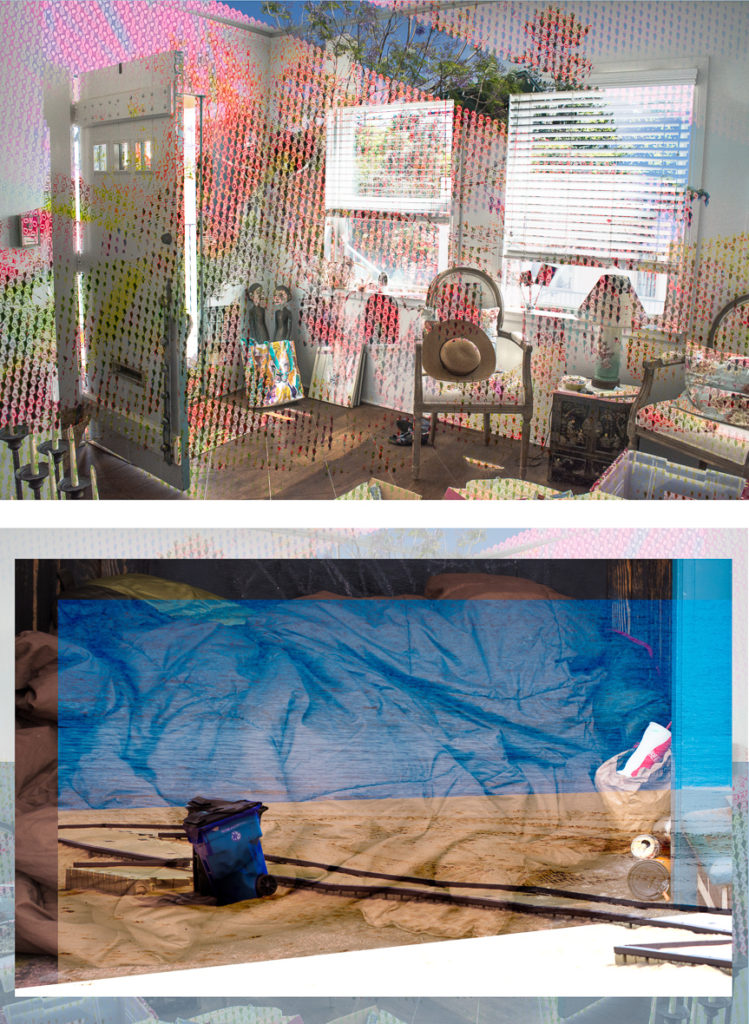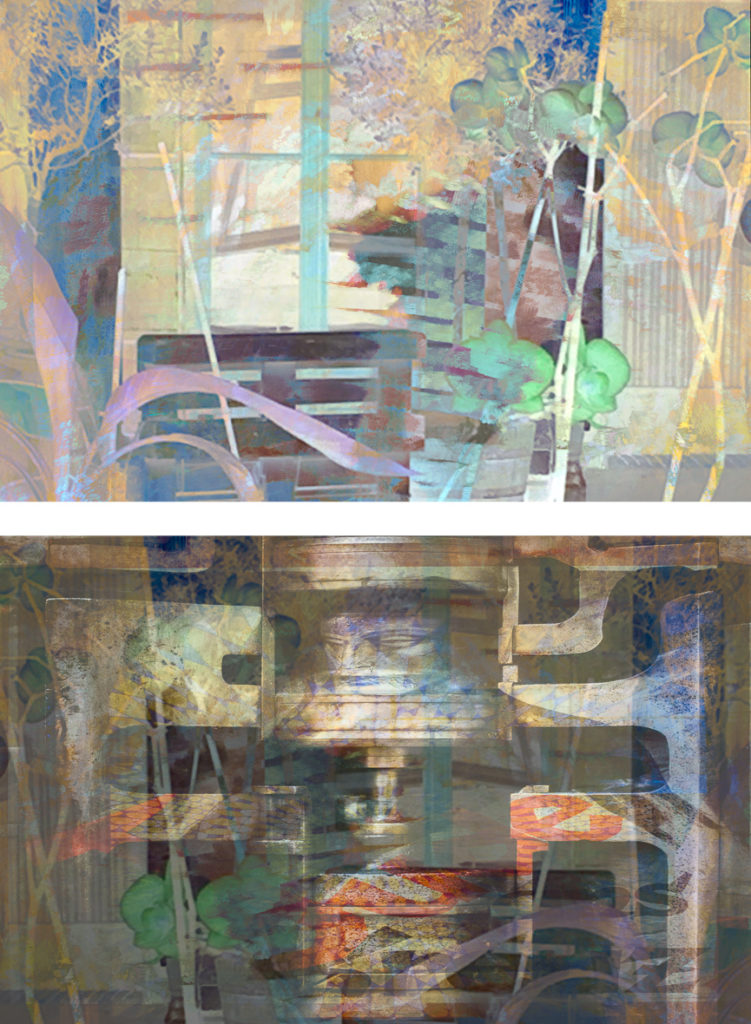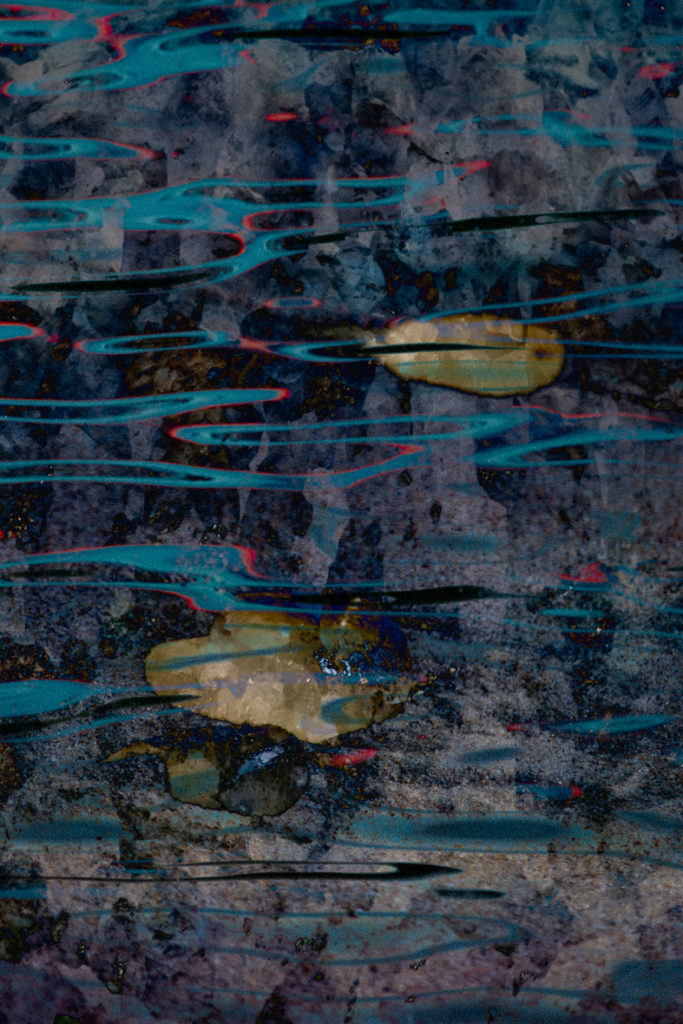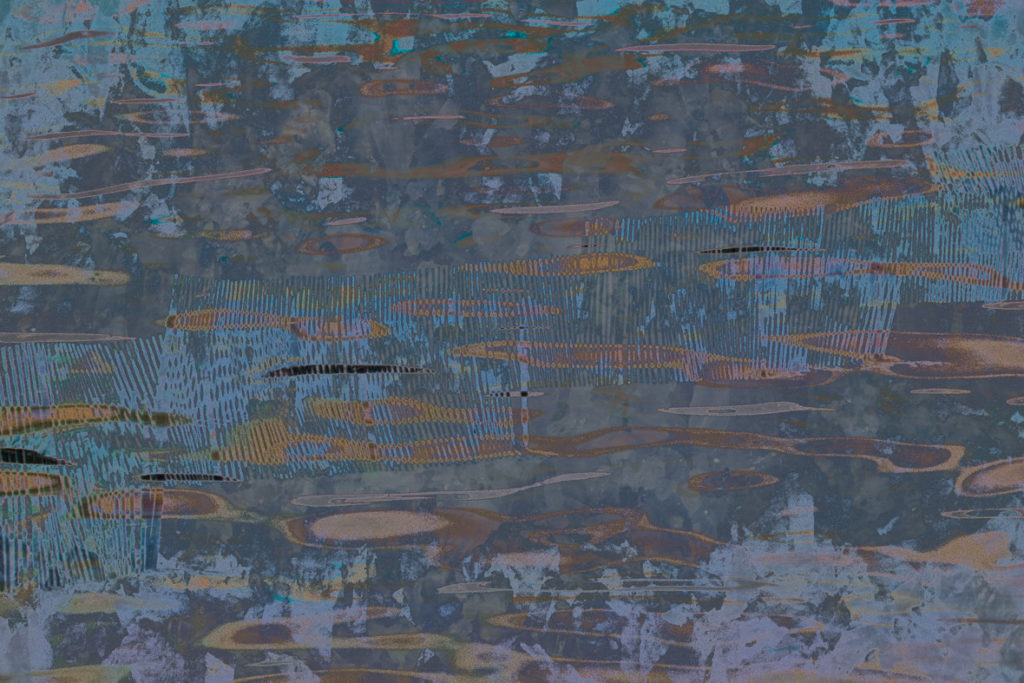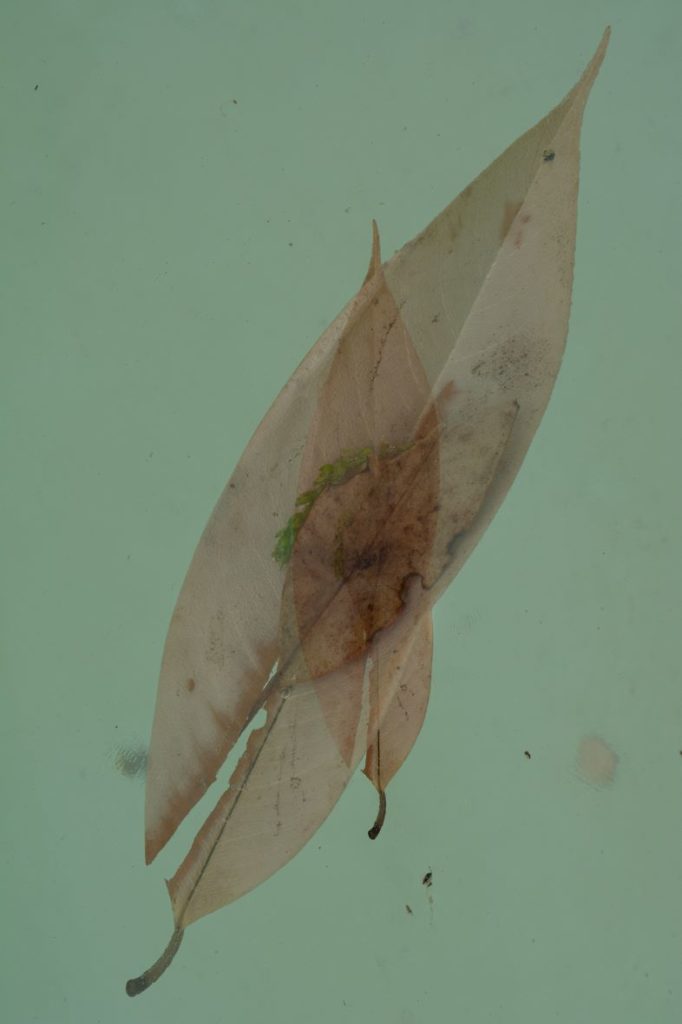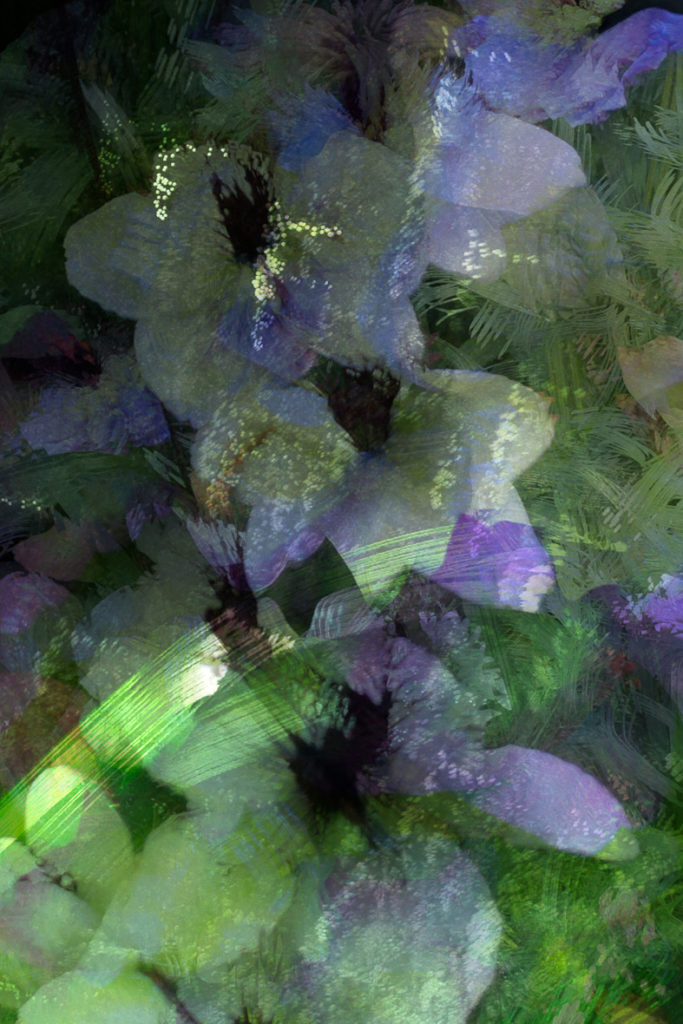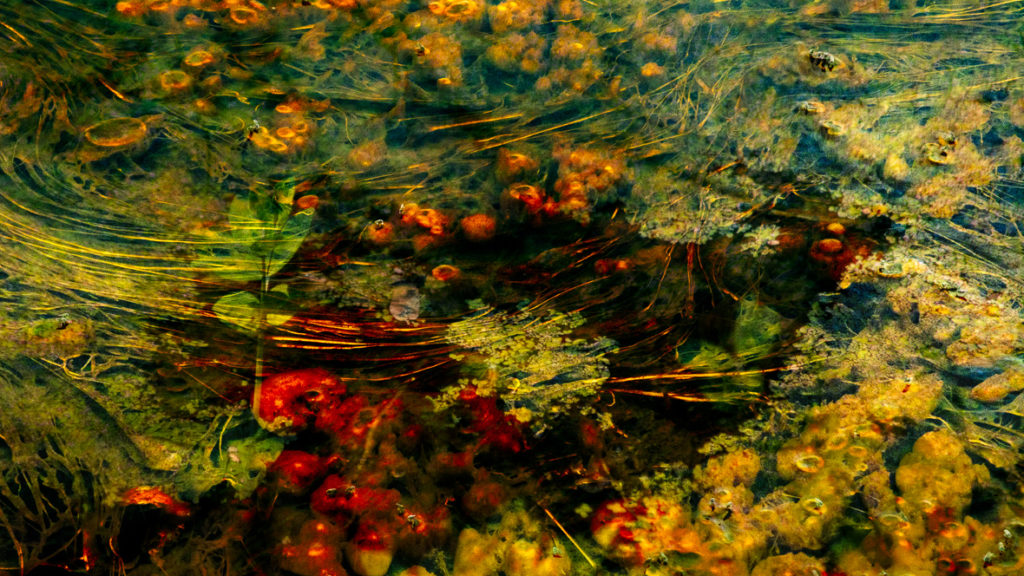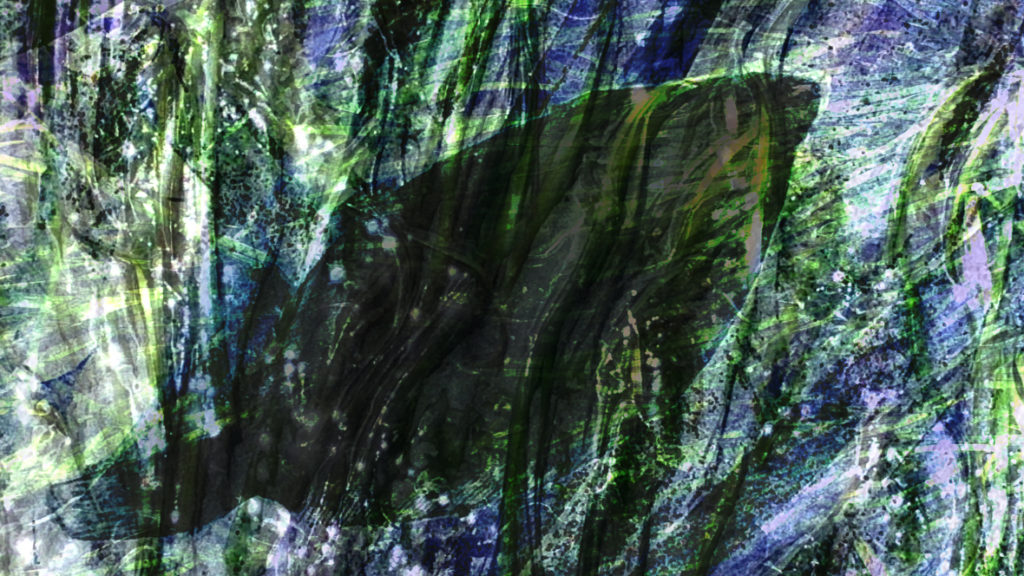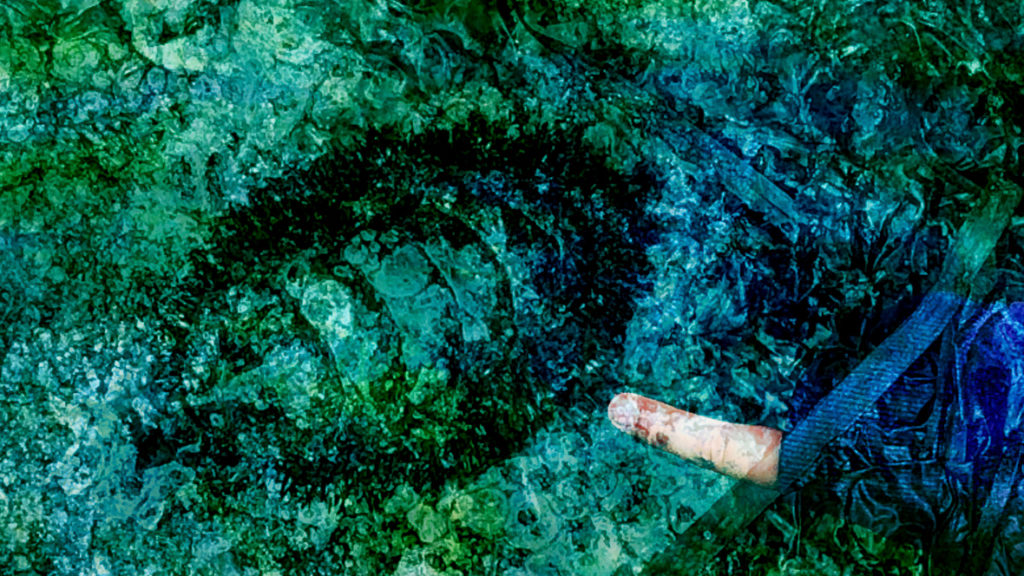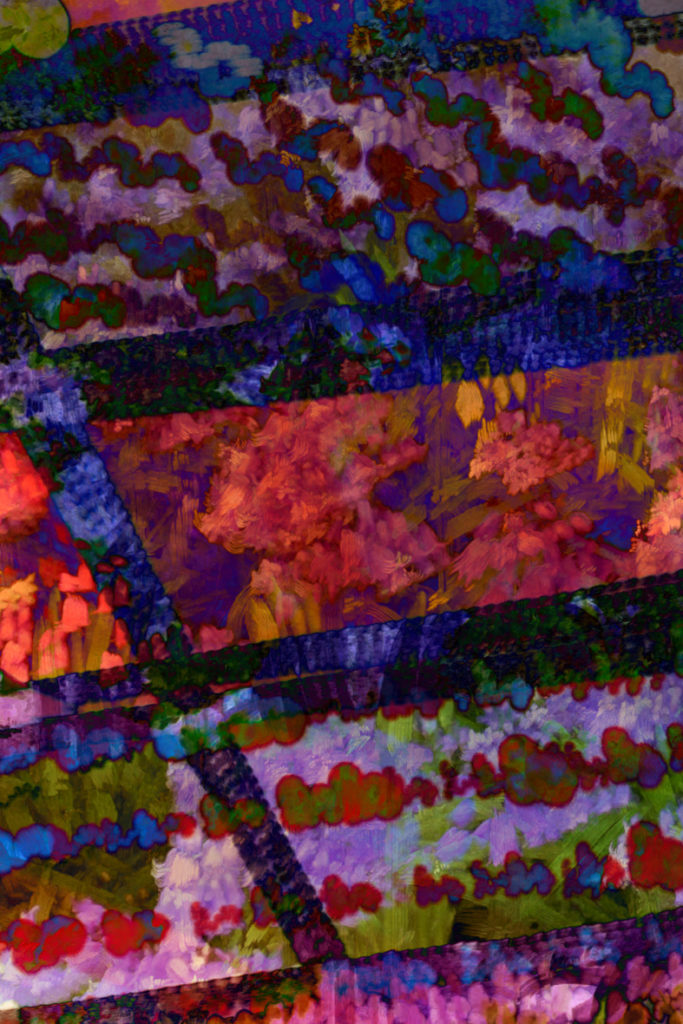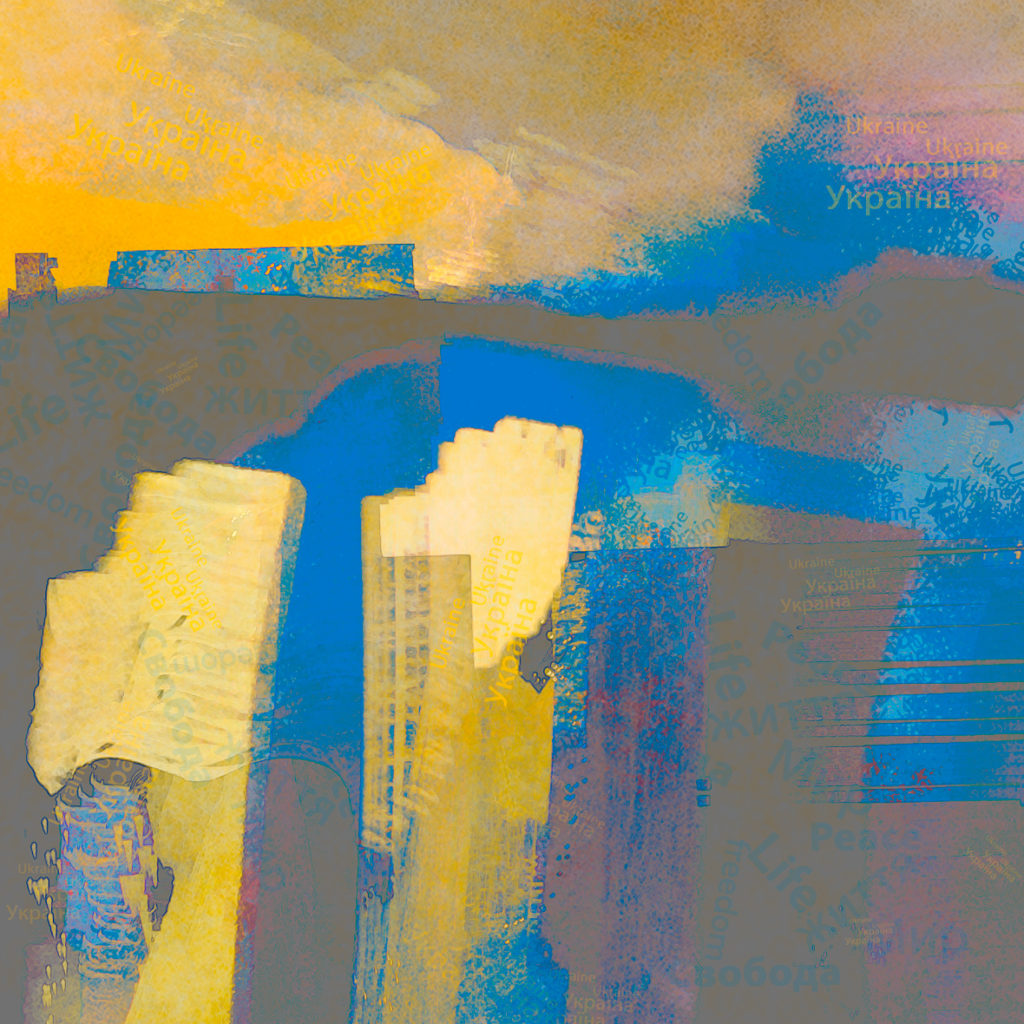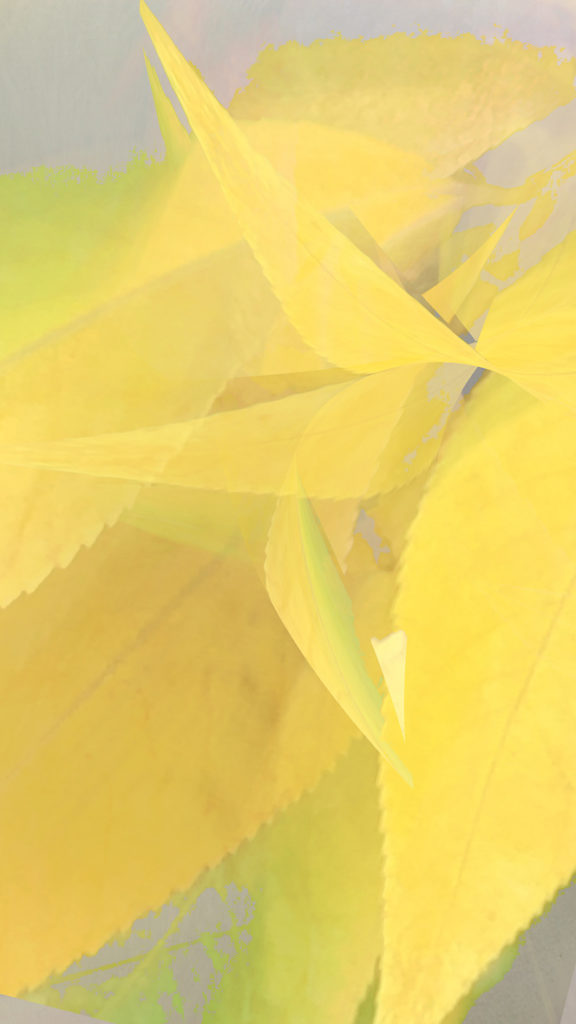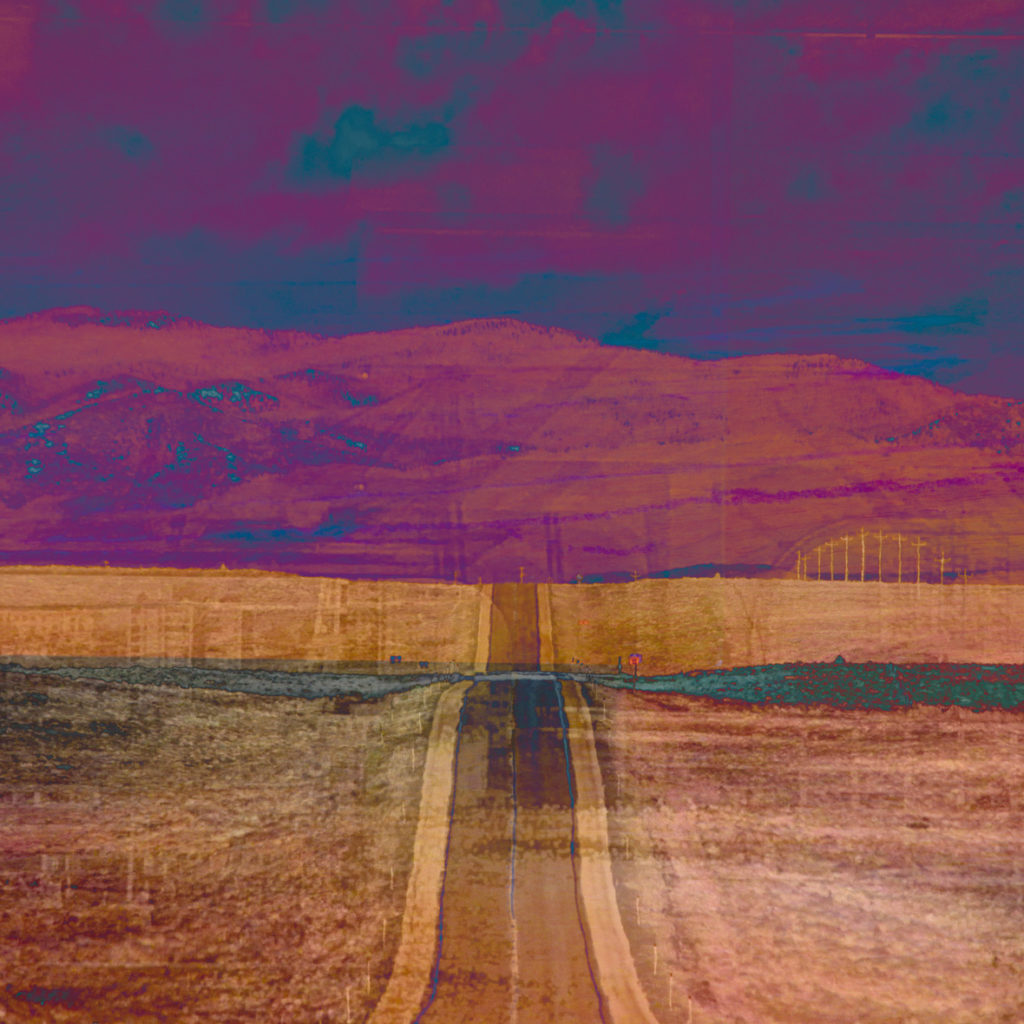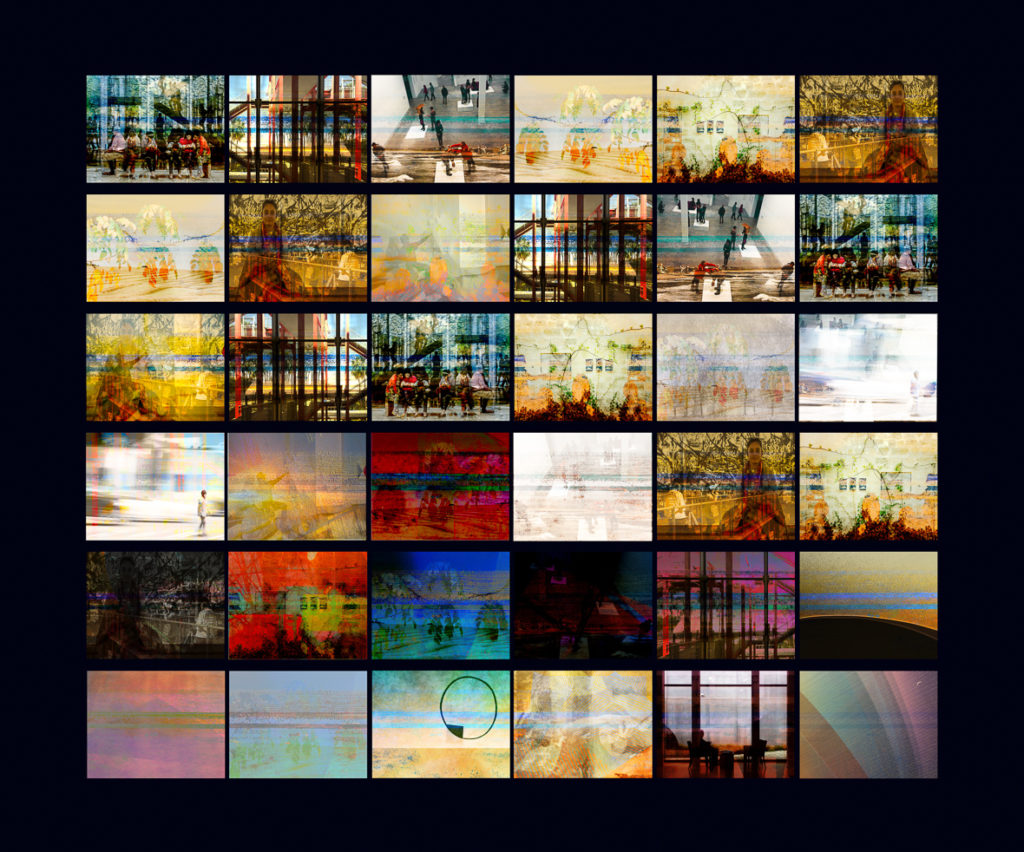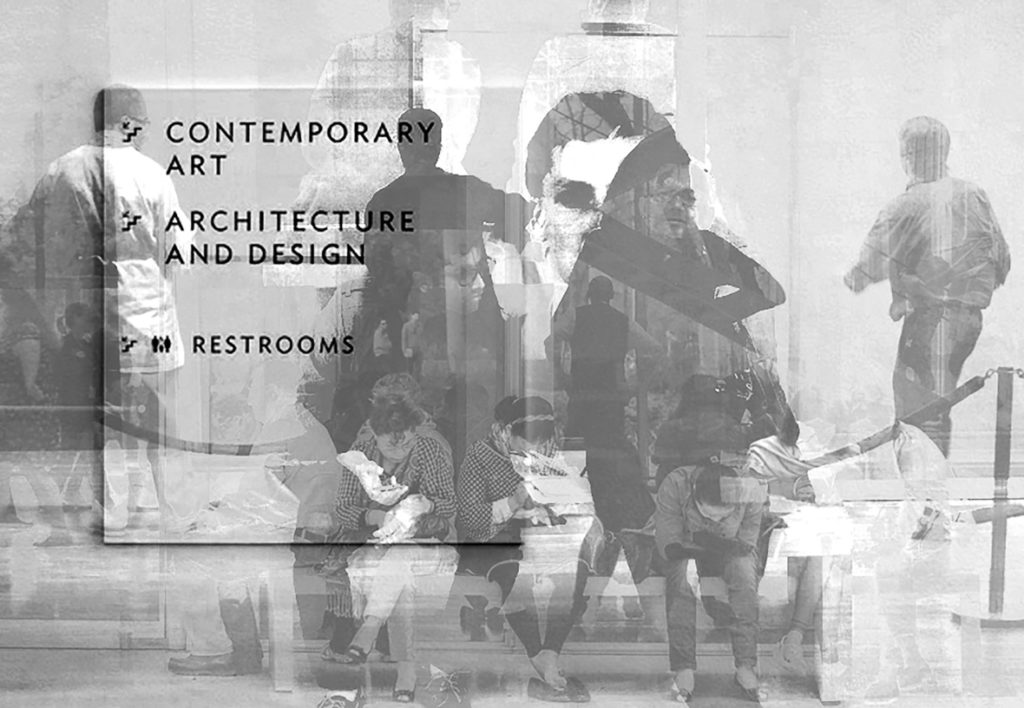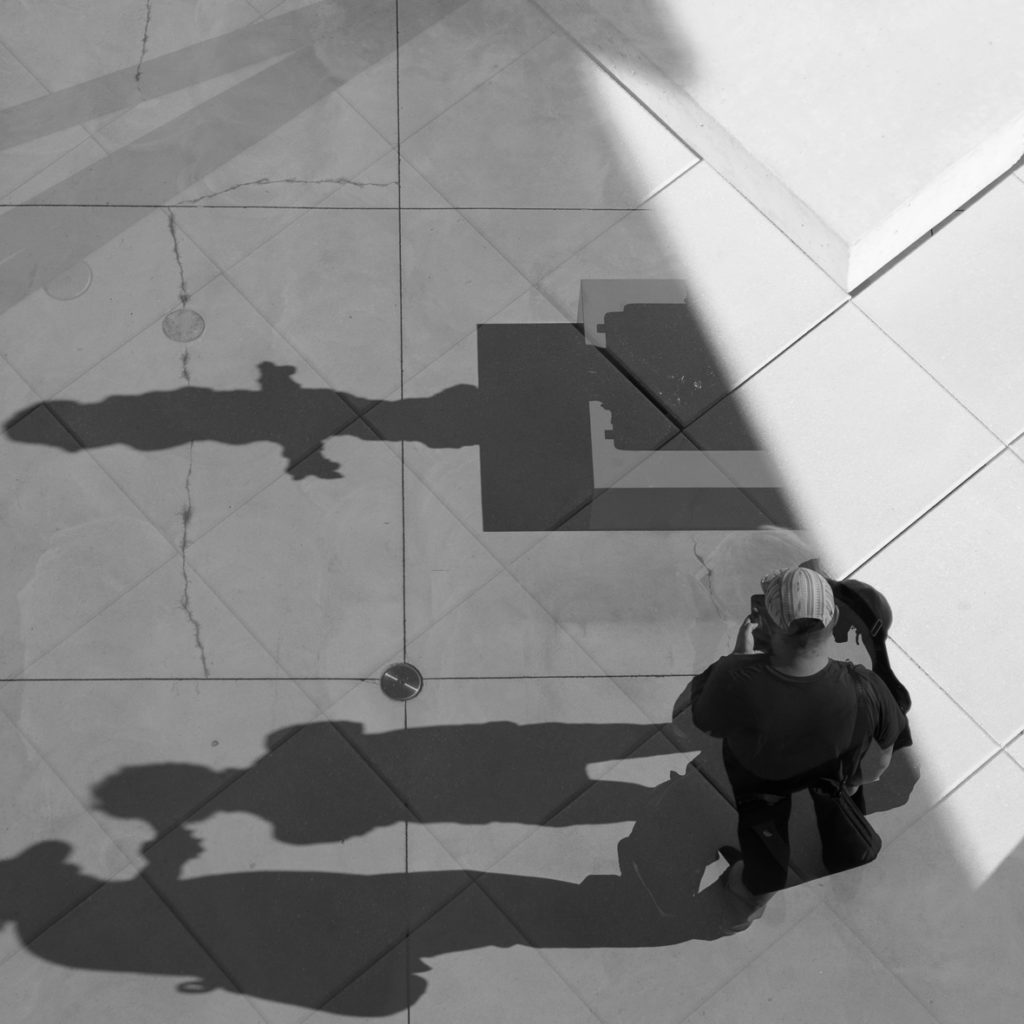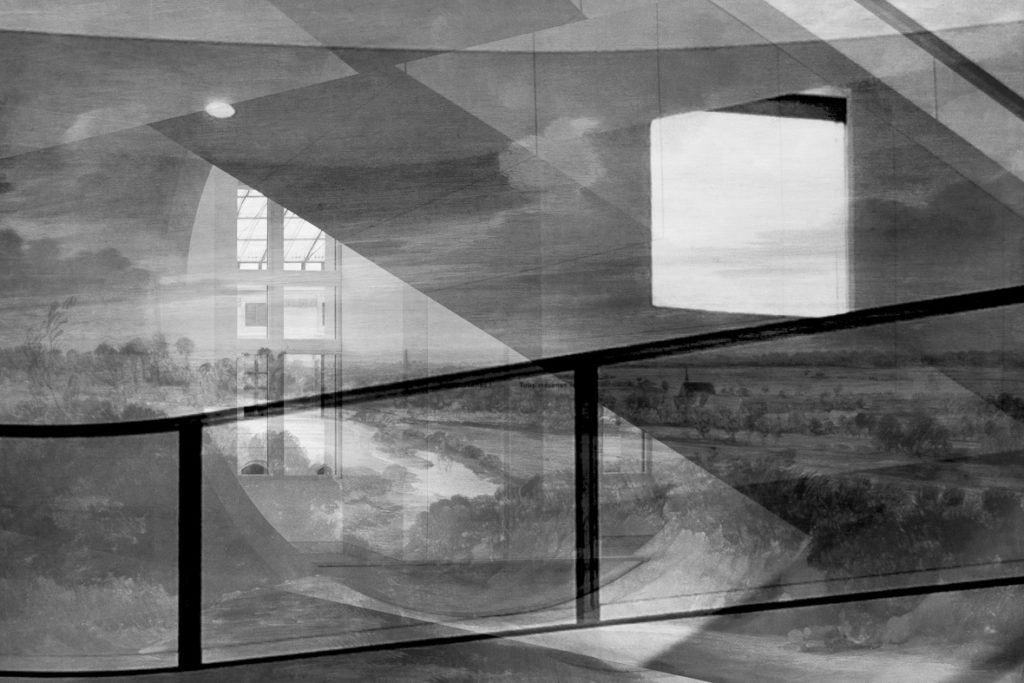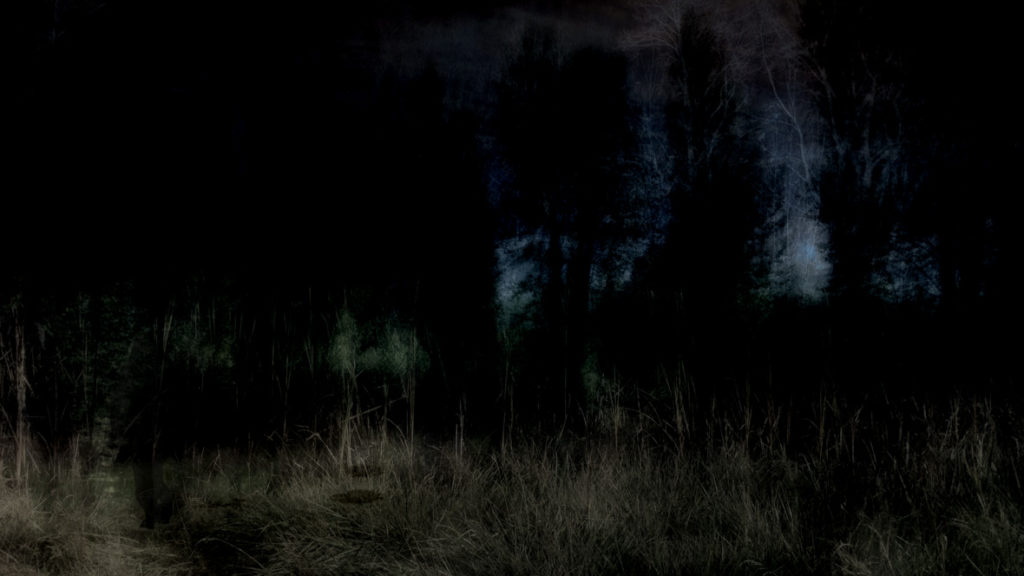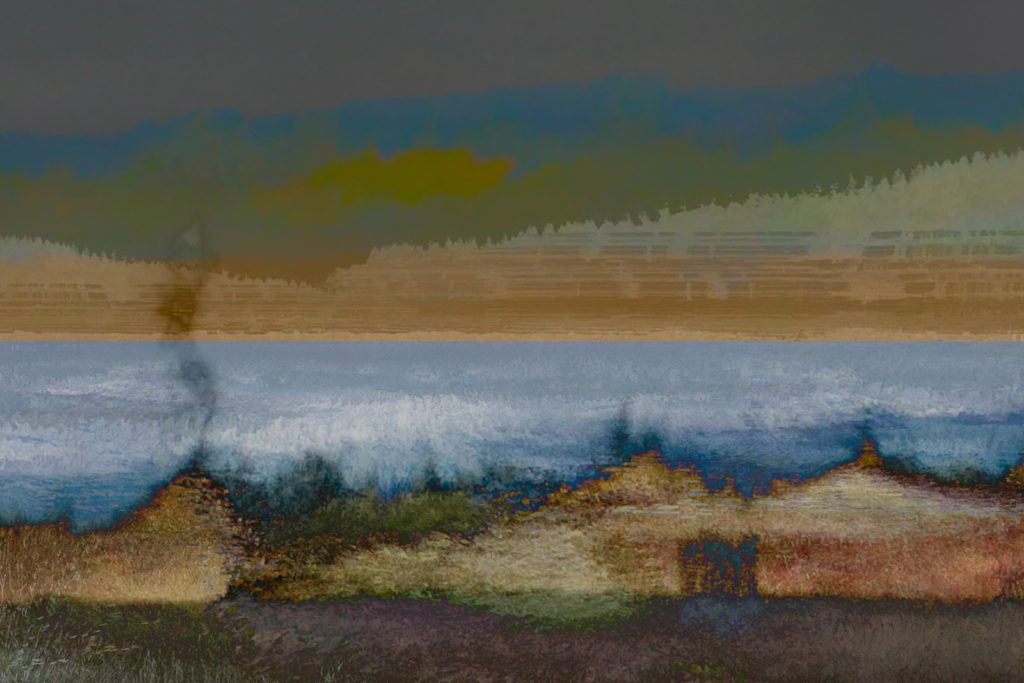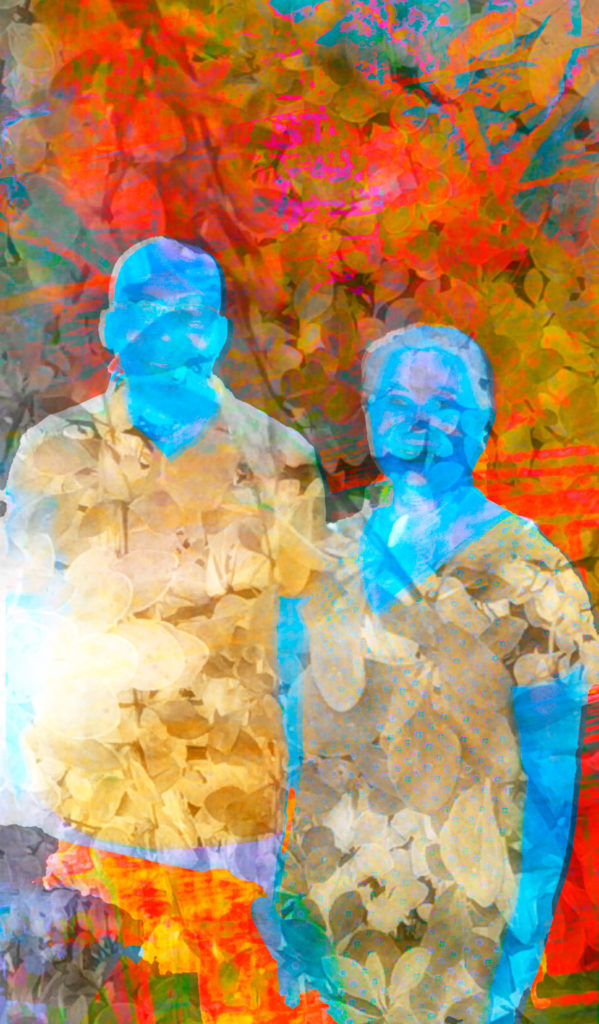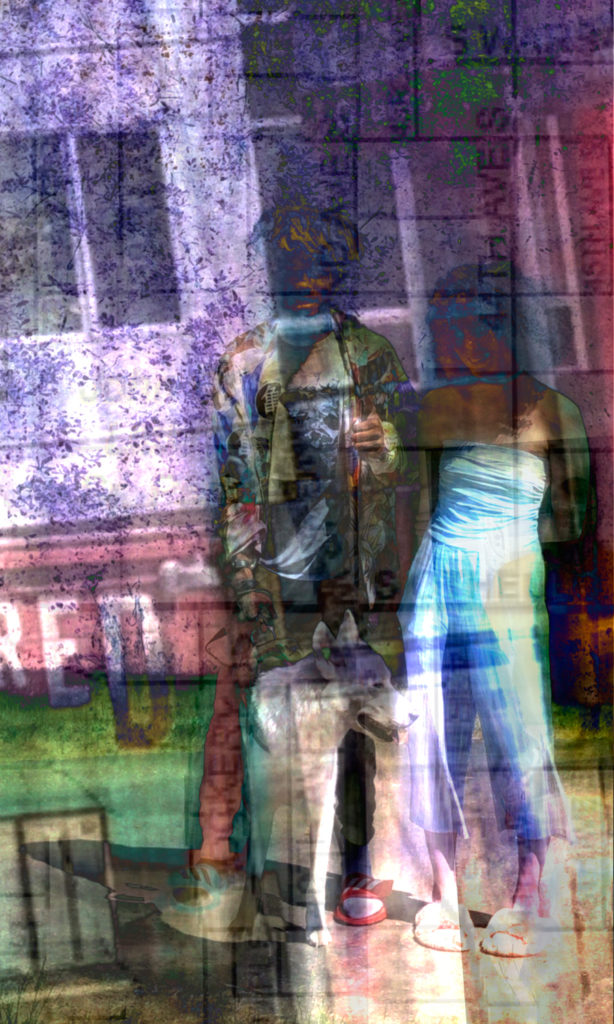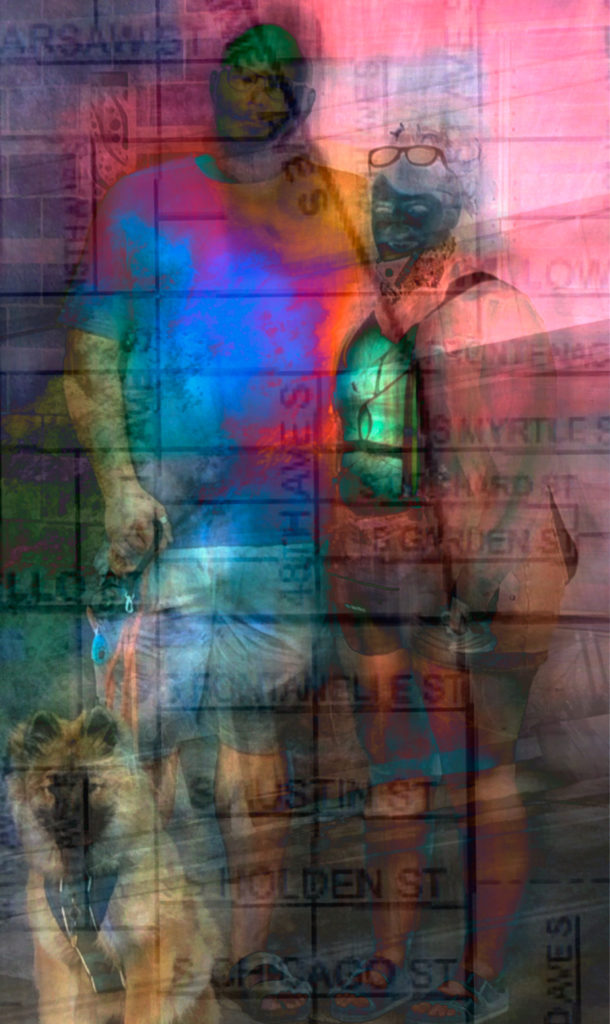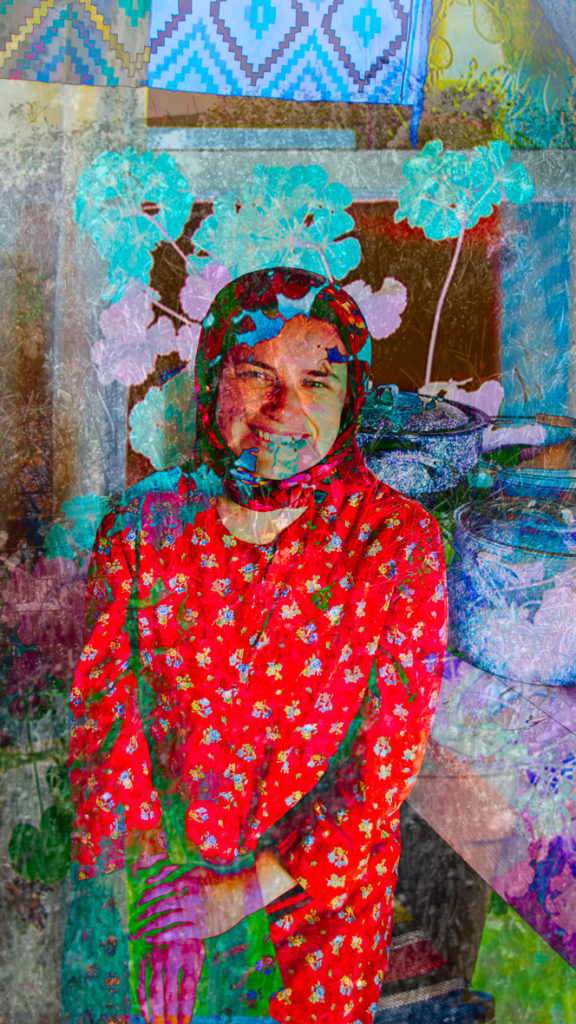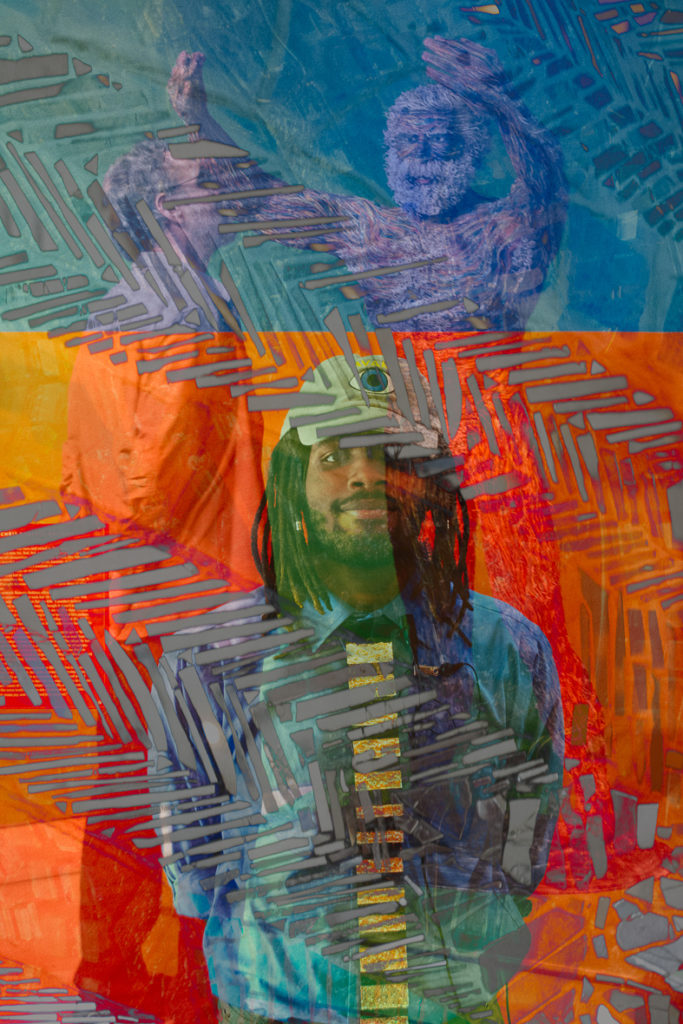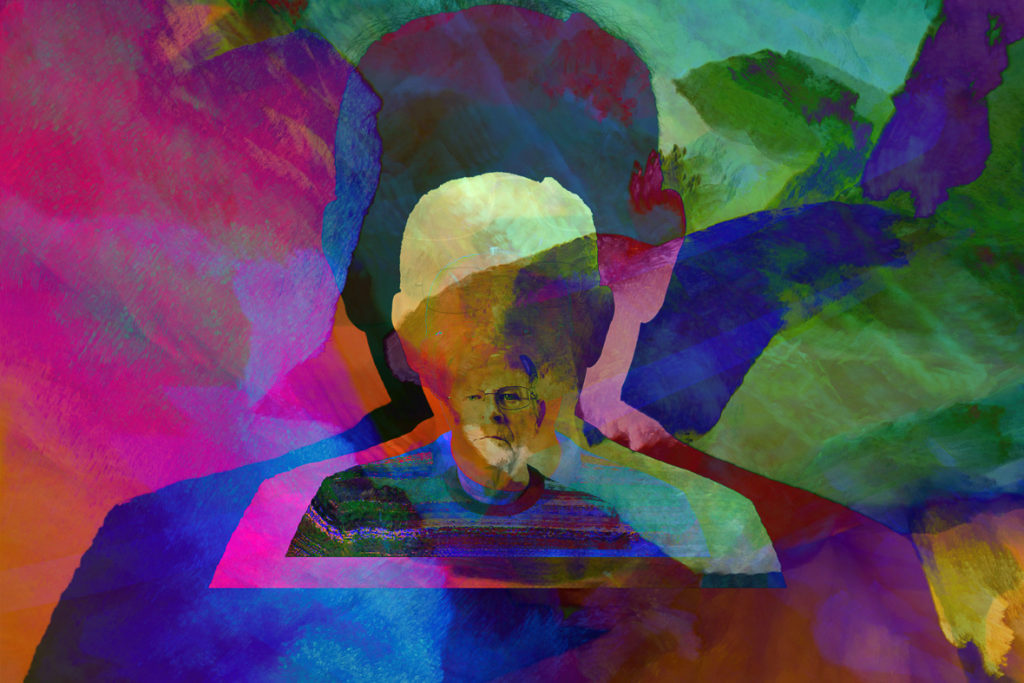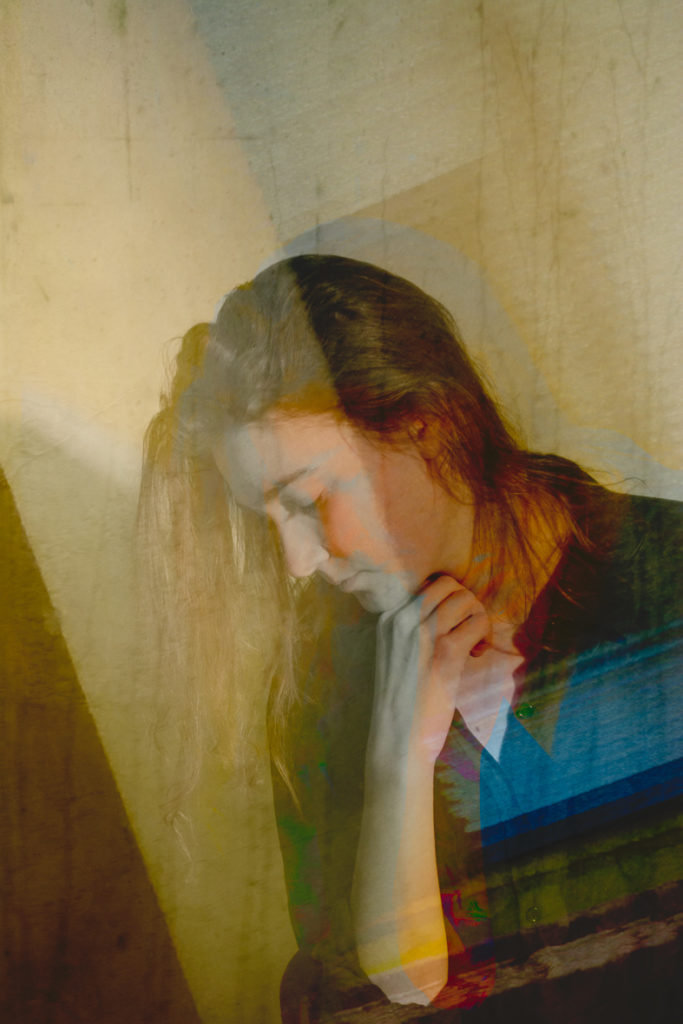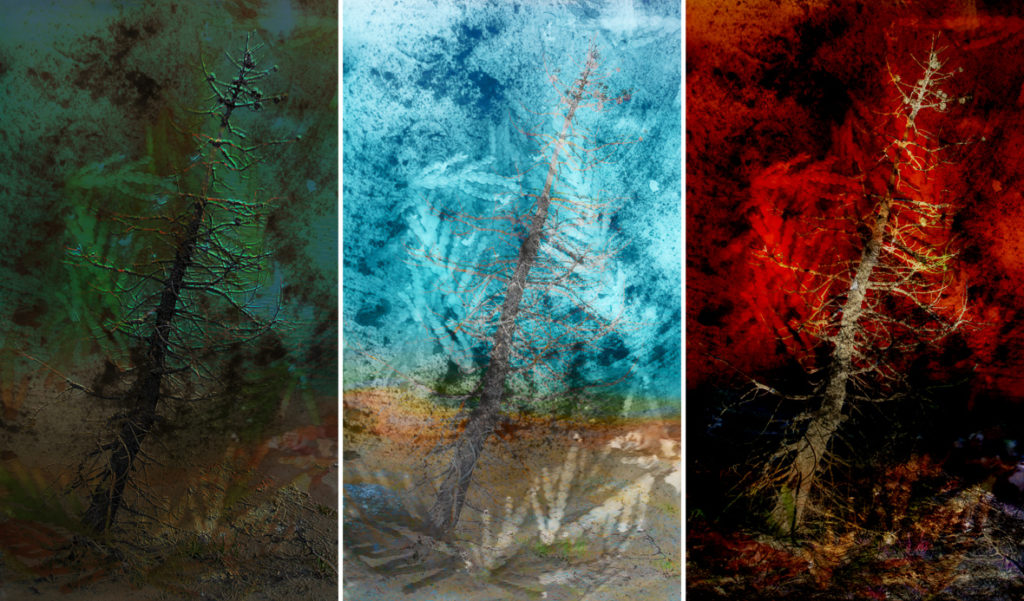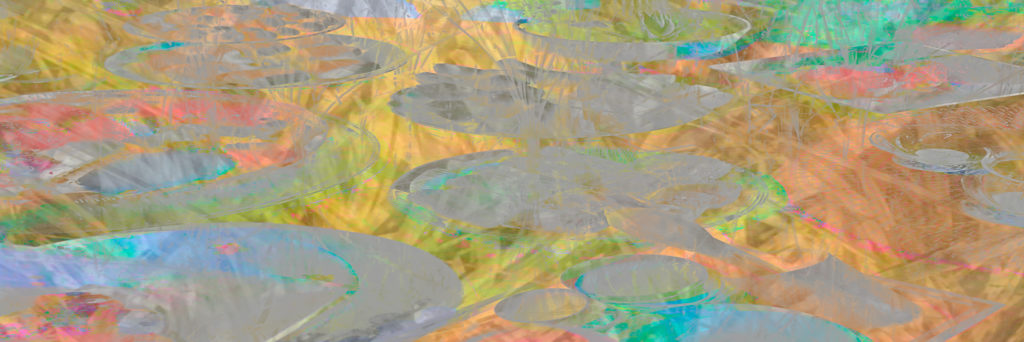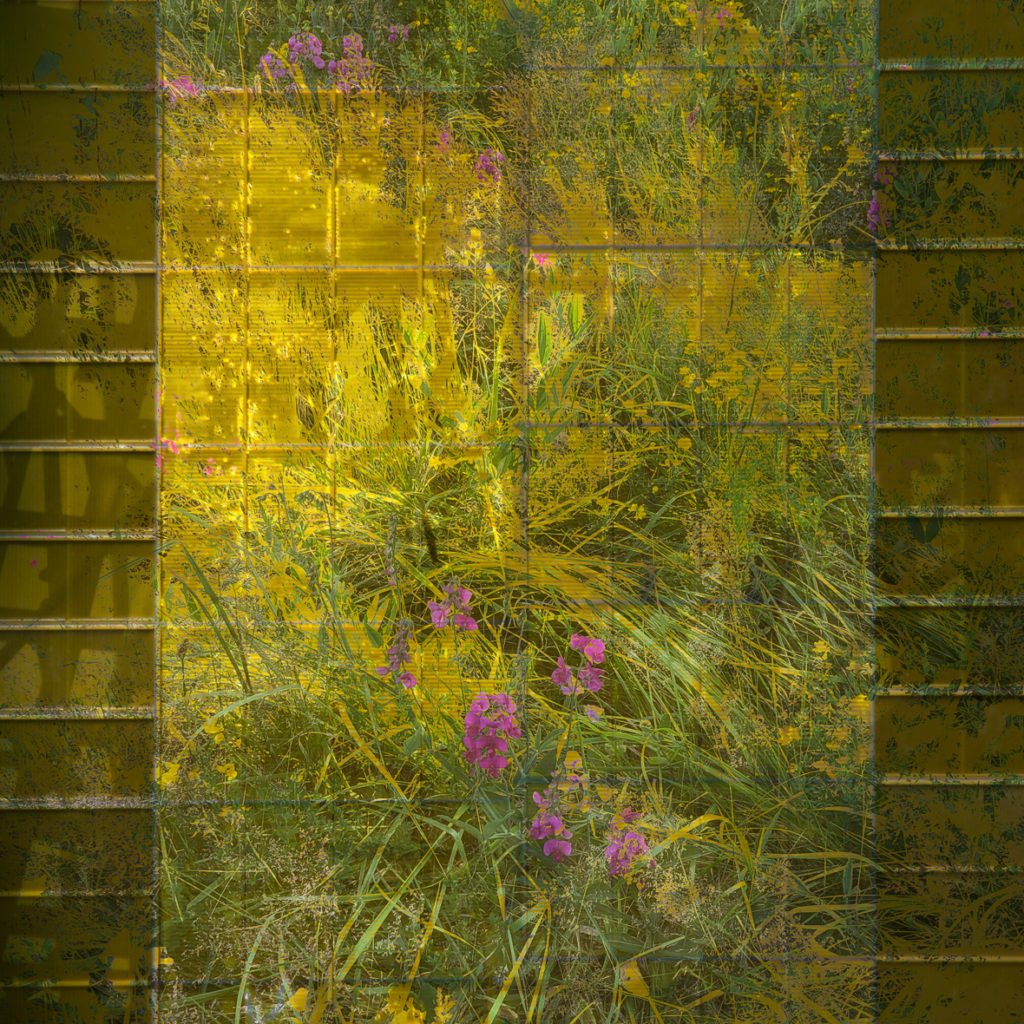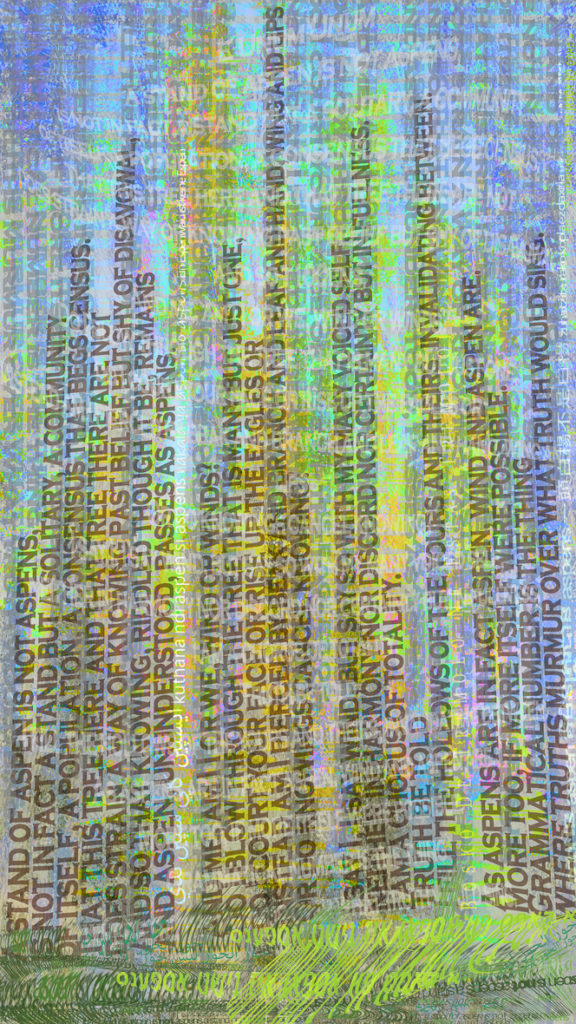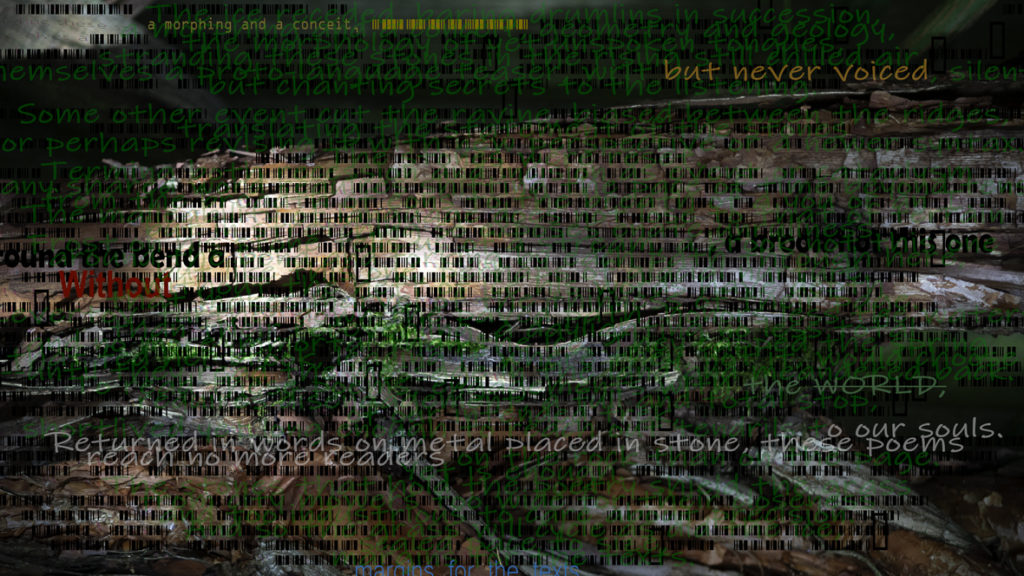I’m not actually in Germany. But my new six minute video will have two live airings at the 2024 International Digitalkunst Festival in Stuttgart later this month. If you aren’t at IDKF the video is best viewed with headphones and on as large a screen as possible. Then again, what isn’t?
Just How Lucky… departs visually from the in-your-face stance of other of my videos. I consider my choices of a modified slideshow format and of familiar Erik Satie pieces as its audio core to be the foundation of the work. The two variations of the video’s visual narrative combine to suggest patterns of stress, adaptation, and transformation of nature, of its current stresses, and of the difficulty of seeing that stress when obscured by the beauty and by two ideologically powered myths: one of the sublime and other the of nature’s natural servitude to humanity.
The sound track carries the weight of calling our own visual enjoyment into question. My alterations, like those of the music, don’t shout. With their frequent use in film and their short cycle, any alteration of the two Satie pieces can suggest discord while still retaining their calming effect. An example is the overlaying of one piece with a backwards clip of itself. The clips seem almost the same, just off. That sense of off is the response I seek and my field recordings, used in concert with Satie while also standing opposite, increase a feeling that things are not what they seem.
Temporal activity rewards the attentive viewer. This drives my use of the slideshow format. It gives opportunity to notice in time what might be missed or ignored in still images or without the implicit commentary of the soundtrack. All images used are my own multilayered work, with more blending and transformations within the video. Layering advances some whispered subtexts that are central to my greater body of work. One is the difficulty of defining where one place ends and another begins, a distinction essential to the ideology of the foreign. Another is that our understanding often comes from connecting the new to the known. Finally, presenting a variant of the initial segment is an effort to suggest that we need to pay greater attention to what we filter out of our notice if we are to shape a positive communal legacy.
